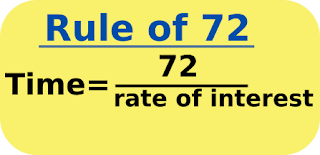Which alcohol is used in Homeopathic Medicine
Which alcohol is used in Homeopathic medicine ? In Homeopathic medicine Ethyl alcohol ( also known as Ethanol) is used. It is worth to mention that the alcohol used in Rubbing solution is different from the alcohol used in Homeopathic medicine. In liquor Ethyl alcohol is used. But concentration is different. N.B: Generally in Rubbing solution ( the solution is used for external cleaning in medical set-up) Isopropyl alcohol is used. How to test the purity of Water?



